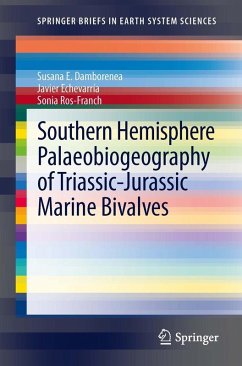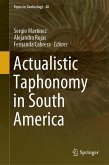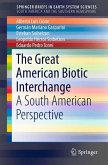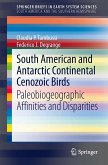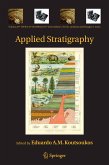Palaeobiogeography is a complex subject which processes information provided by both Biology and Earth Sciences. It is conceptually and philosophically equivalent to neobiogeography. Nevertheless, its methods are somewhat different, since it is limited by the incompleteness of the fossil record. On the other hand, it has direct access to the time dimension, a key ingredient of organic evolution. Mesozoic benthonic mollusks, and especially bivalves, have a great potential for palaeobiogeographical analysis due to their commonly good preservation, abundance, diversity and high dispersion potential at the larval stage. From a merely descriptive point of view, the analysis of their distribution shows latitudinal gradients and distributional patterns, both at regional and global scales, which are the basis for the recognition of biochoremas or palaeobiogeographical units of different ranks. Moving forward towards a causal palaeobiogeography, these organisms also provide interesting insight into particular biogeographical questions, such as bipolarity and its origin. The evolution in time of the recognized biochoremas can be discussed in relation to palaeoclimas and extinction events. Finally, some of the results obtained from the analysis of the distribution of past bivalve biotas were even used to propose and discuss the development of marine corridors and argue about the distribution of continents in the past.
Dieser Download kann aus rechtlichen Gründen nur mit Rechnungsadresse in A, B, BG, CY, CZ, D, DK, EW, E, FIN, F, GR, HR, H, IRL, I, LT, L, LR, M, NL, PL, P, R, S, SLO, SK ausgeliefert werden.

